Spiders. Just the word makes some homeowners’ skin crawl. While these eight-legged creatures help control other pest populations, finding them inside your home can be unsettling. Let’s explore the most common household spiders you might encounter and how to keep them from making themselves at home.
Spider identification: know your eight-legged visitors.
House spider
The common house spider typically has a yellowish-brown color with darker stripes and grows to about 1/4 inch in length. They create messy, irregular webs in corners, behind furniture and in basements. Though they look intimidating, house spiders pose little threat to humans.
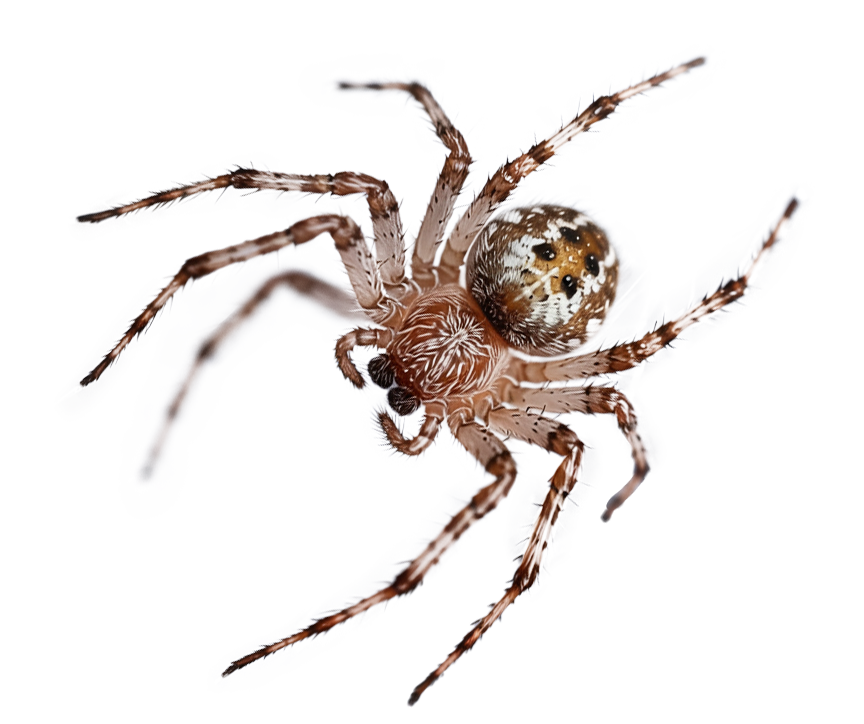
Wolf spider
Unlike web-building spiders, wolf spiders actively hunt their prey. These robust spiders have a distinctive pattern of gray, black and brown markings. Growing up to an inch in length, they’re often mistaken for small tarantulas. Wolf spiders aren’t aggressive but can bite if threatened.
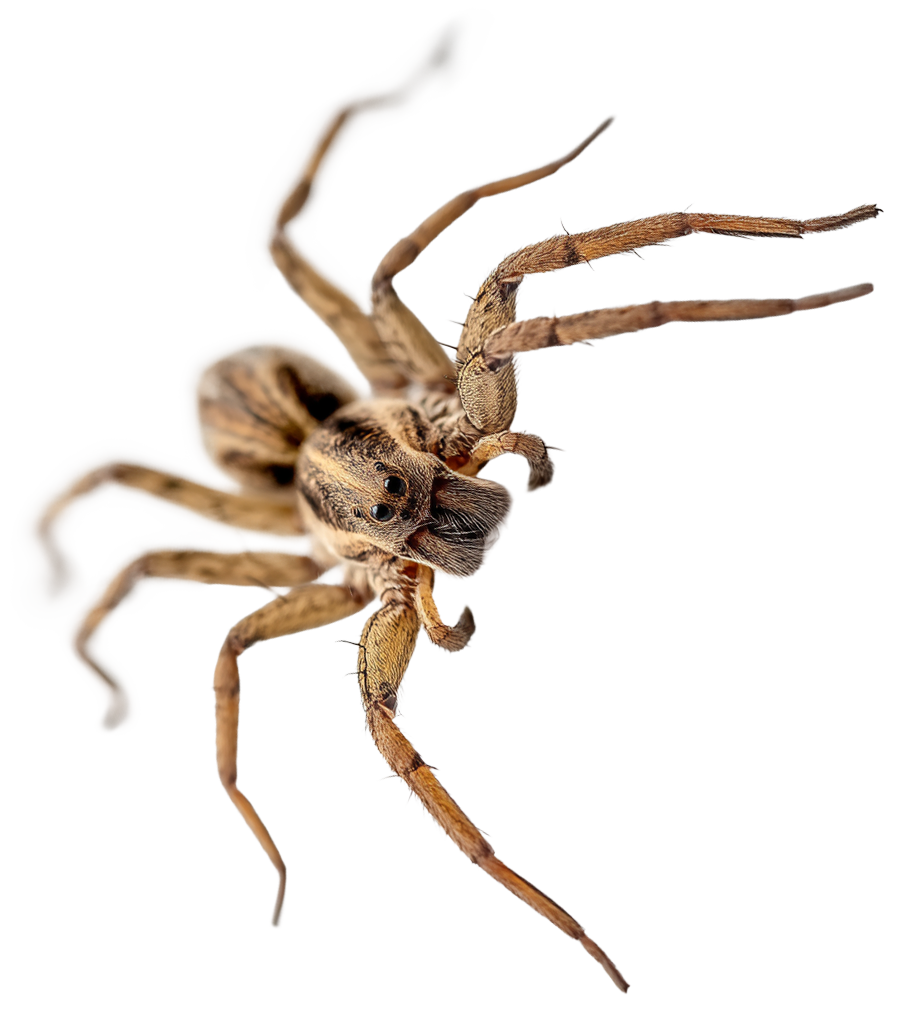
Black widow
Easily identified by the red hourglass marking on their underside, black widows build irregular webs in dark, undisturbed areas like woodpiles, garages and crawl spaces. Their venom is potentially dangerous, making them one spider you definitely want to avoid.
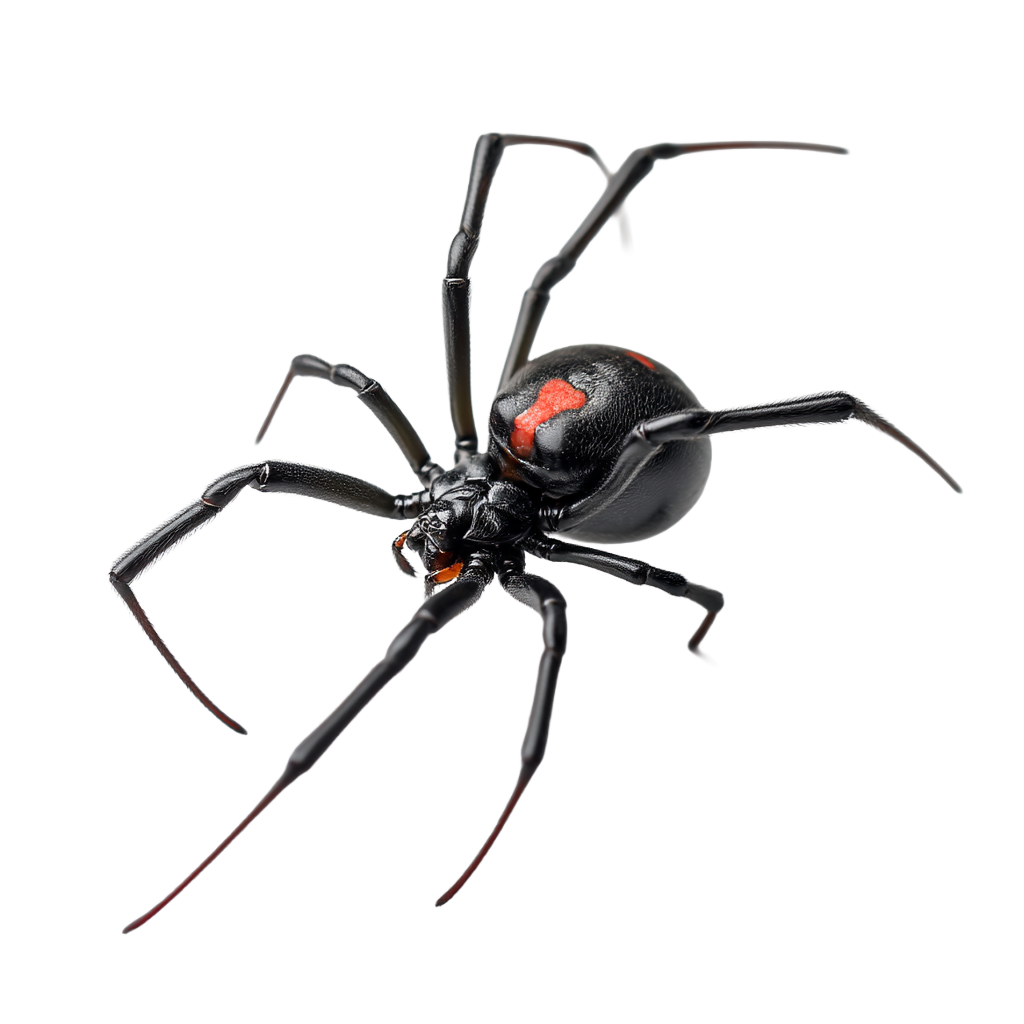
Brown recluse
The brown recluse has a violin-shaped marking on its back. These shy spiders prefer undisturbed areas and can deliver a bite that requires medical attention. They’re less common in Eastern NC and Tidewater VA than other regions but still worth watching for.
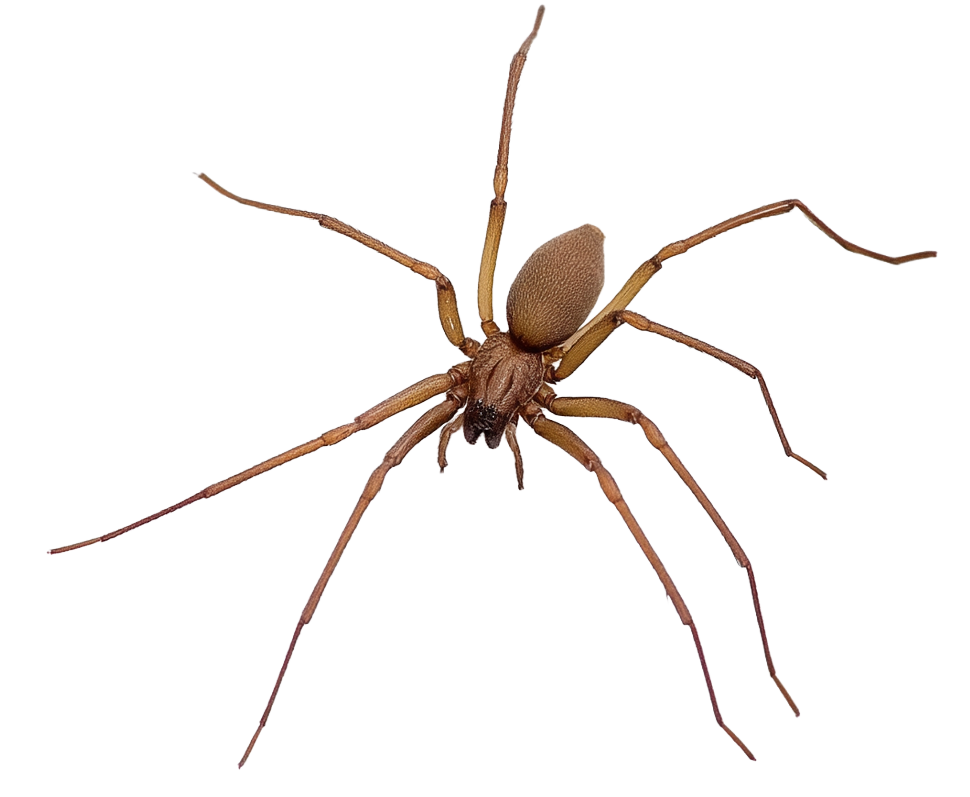
Jumping spider
These small, fuzzy spiders have excellent vision and can jump several times their body length. With distinctive eye patterns and curious behavior, jumping spiders are actually among the more charming arachnids you might encounter. They don’t build webs and pose minimal risk to humans.
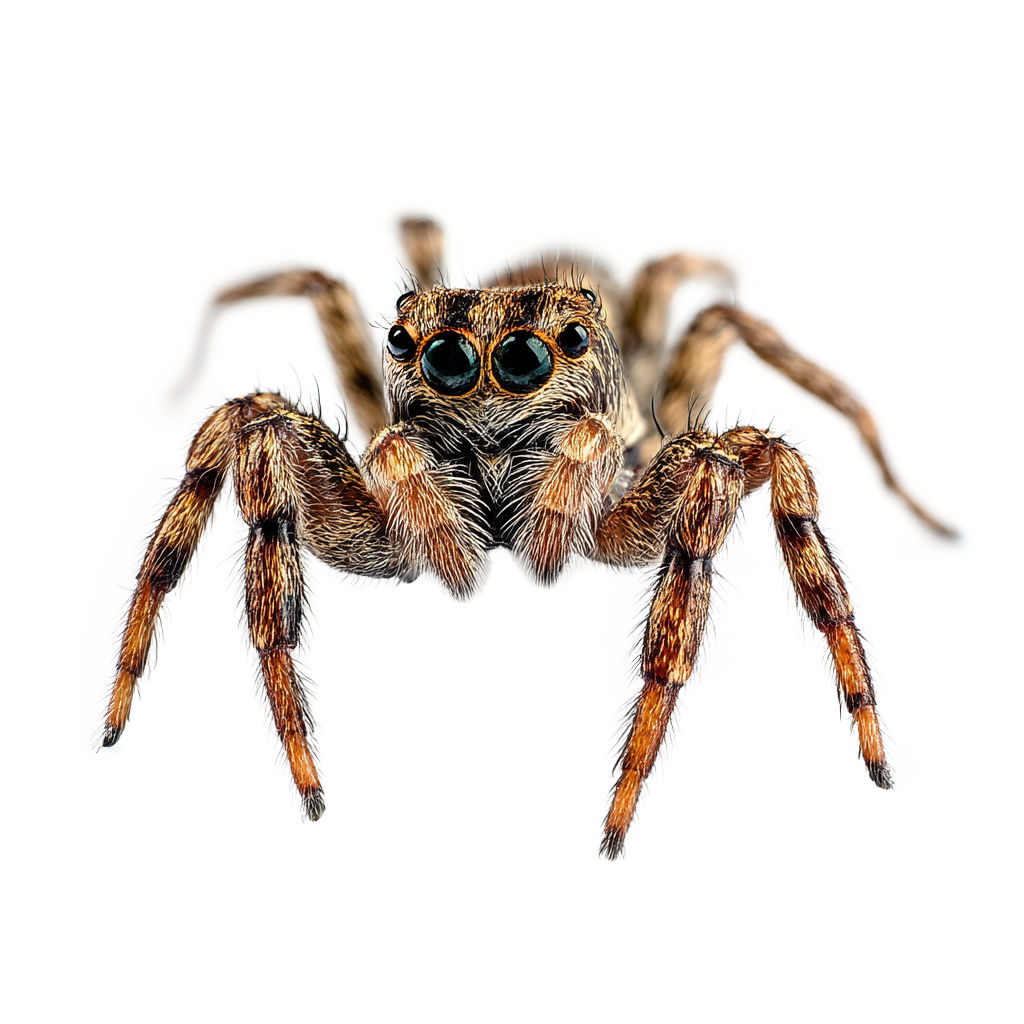
Web-free zone: how to prevent spiders in your home.
Keeping spiders out requires a multi-pronged approach:
- Seal entry points. Inspect your home’s exterior for cracks, gaps around windows, doors and utility penetrations. Seal these openings to prevent spiders from entering.
- Reduce outdoor lighting. Exterior lights attract insects, which in turn attract spiders. Consider switching to yellow “bug lights” or simply keeping outdoor lighting to a minimum.
- Clear clutter both inside and outside. Spiders love hiding in piles of newspapers, storage boxes and yard debris.
- Keep a clean home. Regular vacuuming, dusting and removing spider webs discourages reinfestation.
- Address moisture issues. Many spider species prefer damp environments, so fix leaky pipes and use dehumidifiers in basements.
When DIY isn’t enough: professional spider control.
While preventative measures help reduce spider populations, sometimes professional intervention becomes necessary. If you’re dealing with venomous species like black widows, or if spider activity persists despite your best efforts, it’s time to call in the experts.
Terminix of Eastern NC and Tidewater VA offers comprehensive spider control solutions tailored to your specific situation. Our trained technicians identify spider species, locate harborage areas and implement targeted treatments to eliminate existing infestations while preventing future problems.
Contact Terminix today at 800-BUGS-911 for a free spider control quote or fill out a quick contact form to learn more about our pest control services.